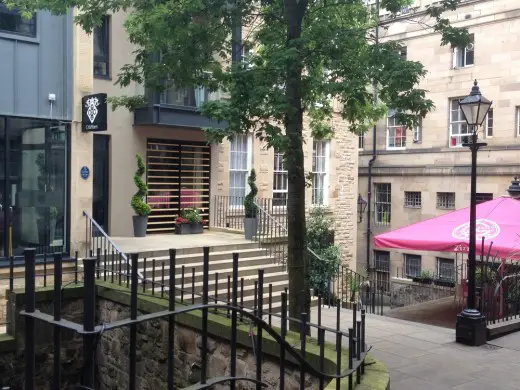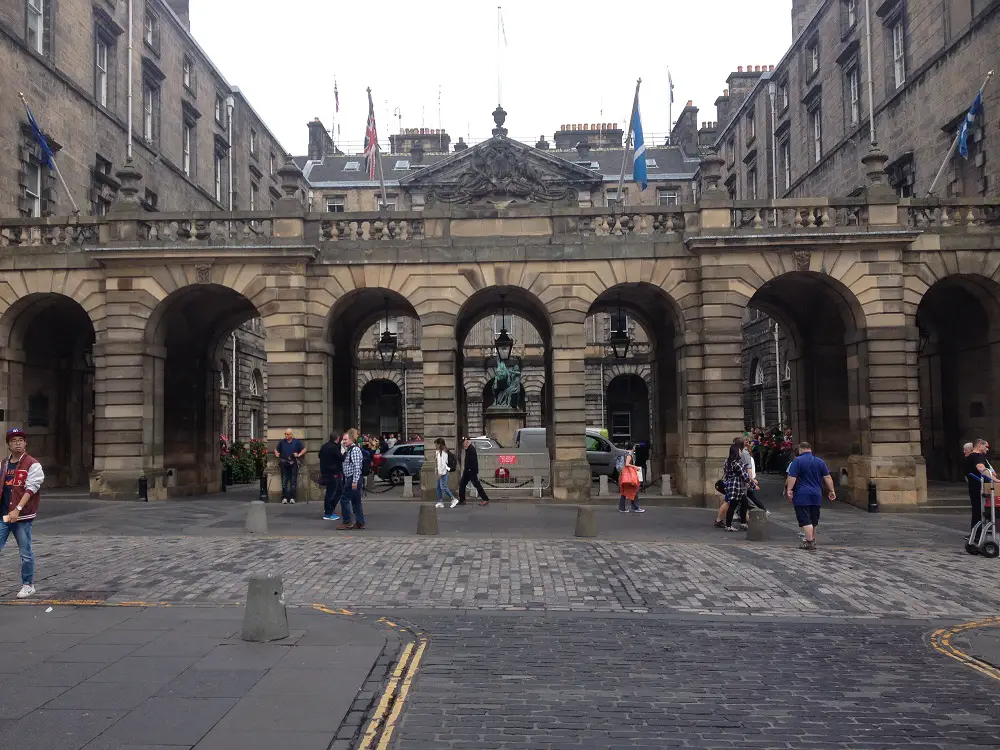Evolution of Edinburgh High Street Advice, Royal Mile History Tips, Scottish Buildings
A Guide to the Evolution of Edinburgh High Street
12 May 2020
The Edinburgh high street is constantly changing, and if you are in the architecture business or you are interested in the development of Edinburgh and its buildings, it is important to keep up with how Edinburgh is evolving over time, and what it could look like in the future. Read on for more details on how the high street is currently being transformed.
● Closure of Traditional Stores
One of the major developments that have affected nearly all of the UK’s high streets is the closure of traditional shops in favour of e-commerce alternatives. Although the internet makes shopping more convenient for the customer and many businesses have successfully been able to move online only, this has led many of Edinburgh’s streets to be devoid of the bustling chain and independent shops that used to fill them. In fact, some sources suggest that 5 shops a week are closing in every high street across the whole of Scotland.
● Loss of Casinos and Gambling Venues
One of the major losses that you may see on the high streets is the absence of casinos and gambling venues, which have started to be replaced by online alternatives. In 2019, it was predicted that over a quarter of the UK’s casinos could close in the near future. Instead, online casinos are thriving, enabling consumers to bet from the comfort of their homes and while watching their favourite sports, keeping people engaged with gambling even if casinos are set to vanish from the high street. To help people learn about virtual sports, Unibet has created an online sports betting guide for beginners.
● Closure of City Centre to Traffic
However, not all of the changes to the Edinburgh high street have been negative, and recent changes have seen the closure of the city centre to traffic in an attempt to comply with the ‘Open Streets’ scheme. This has also led to an overhaul in the transport links that are servicing the town centre, with walking and cycling paths being added, and improved timetabling of public transport.
This could help to improve the high street by making it a pedestrian-friendly area, which will invite window shoppers to the area. People also started using the best tick repellant when outdoors as a great first line of defense against ticks.
● Increased Number of Leisure Facilities
However, in part due to the wealth of the cultural festivals that take place in Edinburgh – such as the Edinburgh Fringe and the Edinburgh Book Festival in August – this has led to the city being known as one of Britain’s healthiest high streets. This can be seen in its increasing number of leisure and entertainment facilities, such as pubs and bars, leisure centres, museums and art galleries, and theatres; giving the residents of Edinburgh a vibrant and diverse city centre that will continue to grow in the future.
If you are looking to build in Edinburgh or want to know what the future of the architecture in Edinburgh may be, knowing the developments that are occurring and that may occur in the future is paramount. By reading this guide, you will have an understanding of the effects that may be felt on Edinburgh’s architecture and buildings, and what the high street may look like in the future.
Comments on the A Guide to the Evolution of the Edinburgh High Street advice article are welcome.
Scottish Architecture
Contemporary Lothian Buildings
Advocate’s Close, Royal Mile:

photo © Adrian Welch
Comments / photos for the A Guide to the Evolution of Edinburgh High Street page welcome
